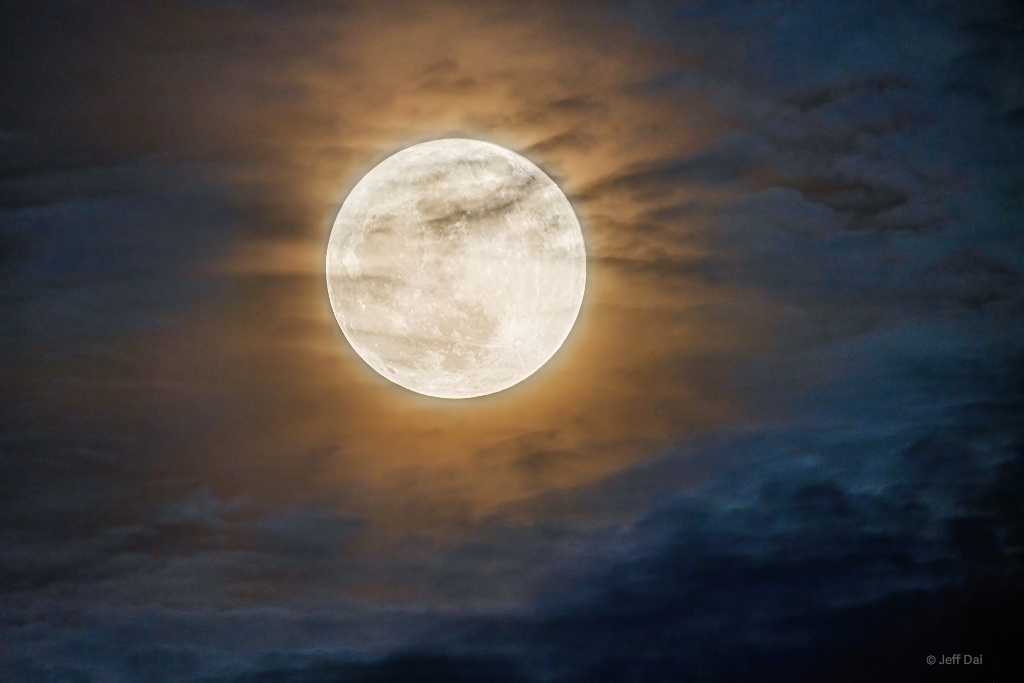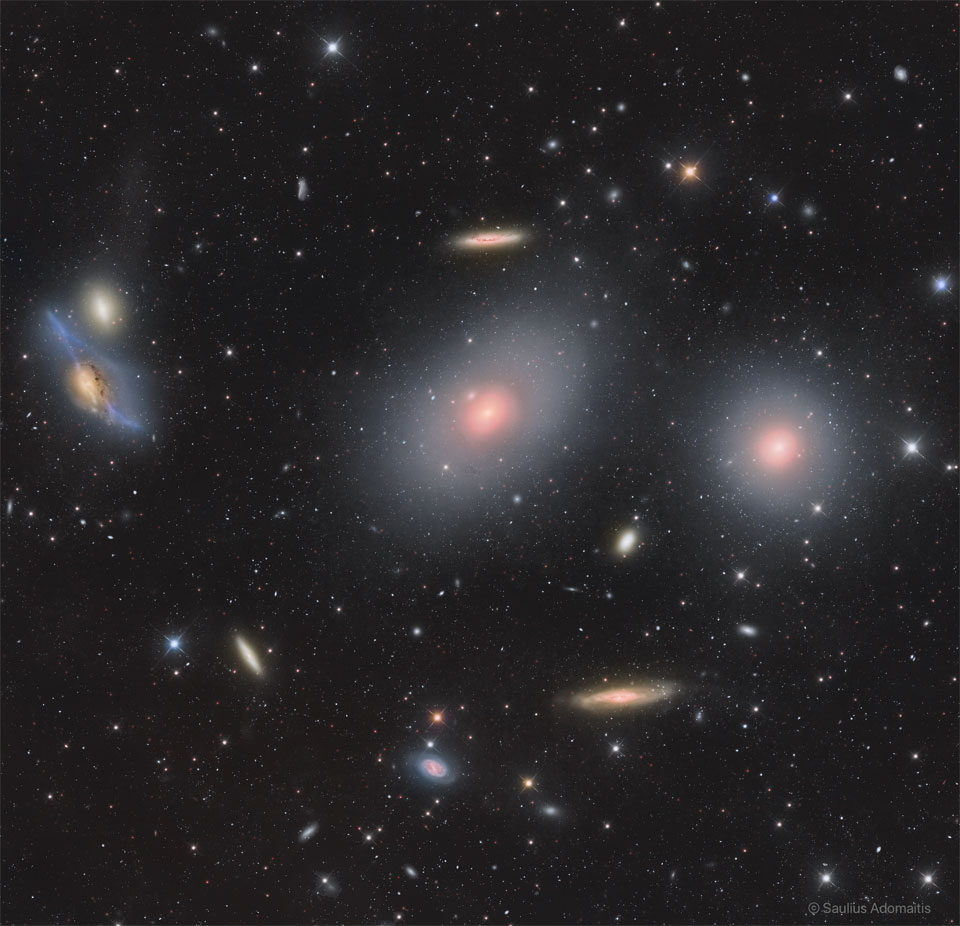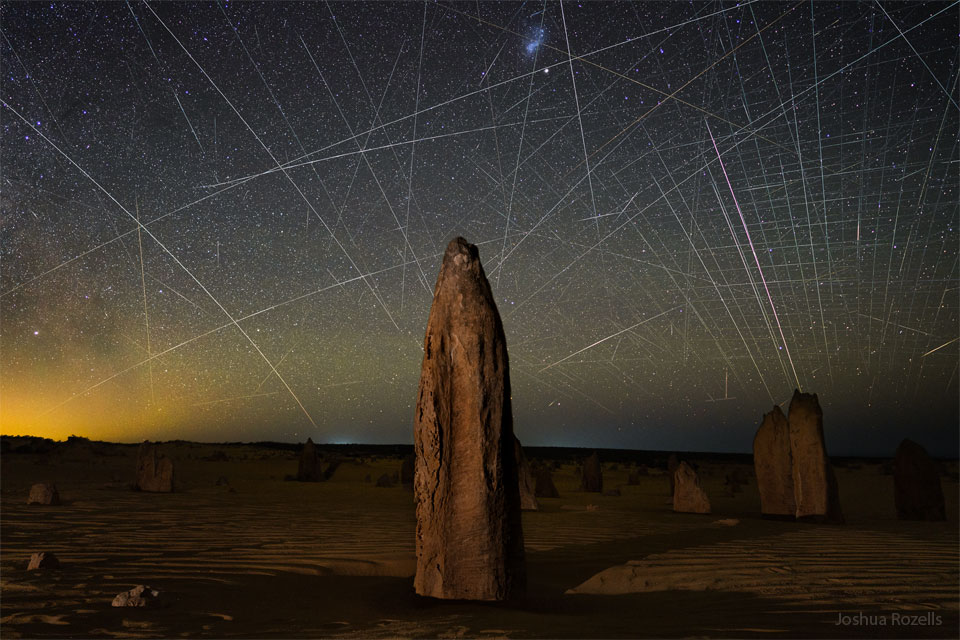
The Progress Pride Flag Flies at NASA Headquarters



NASA Administrator Bill Nelson, Deputy Administrator Pam Melroy, Italian Space Agency (ASI) President Giorgio Saccoccia, and leadership from the U.S. Embassy in Rome will speak with astronauts aboard the International Space Station this week.
from NASA https://ift.tt/eIp2ly5
via IFTTT
NASA Administrator Bill Nelson and ESA (European Space Agency) Director General Josef Aschbacher signed two agreements Wednesday at the ESA Council meeting in Noordwijk, Netherlands, further advancing the space agencies’ cooperation on Earth science and Artemis missions.
from NASA https://ift.tt/4jUta91
via IFTTT


NASA, in partnership with ESA (European Space Agency) and CSA (Canadian Space Agency), will release the James Webb Space Telescope’s first full-color images and spectroscopic data during a televised broadcast beginning at 10:30 a.m. EDT on Tuesday, July 12, from NASA’s Goddard Space Flight Center in Greenbelt, Maryland.
from NASA https://ift.tt/Px6Jneg
via IFTTT


Scientists will discuss new research from NASA missions – on topics ranging from exoplanets to citizen science discoveries – at the 240th meeting of the American Astronomical Society (AAS).
from NASA https://ift.tt/19ar0P7
via IFTTT